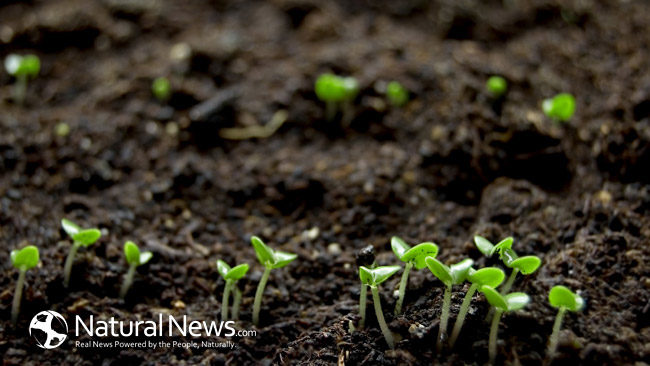Nutrients and fertilizers made from home have been found to be extremely effective due to the fact that growers can control exactly what they are mixed with. This works great for plants in specific need of primary, secondary, and micro-nutrients.
Just like every living creature in the world flowers, fruits, and vegetables also need nutrients in order to grow. Specifically 16 different nutrients are necessary for a plants survival. Fortunately three types of nutrients are found in the air and water they are carbon, oxygen, and hydrogen. The remaining 13 nutrients are found within the soil. Some of the most important nutrients found in the soil are nitrogen, phosphorus, and potassium and are considered to be primary nutrients. Secondary nutrients include calcium, magnesium, and sulfur. All other nutrients are considered to be micro-nutrients and include chlorine, manganese, boron, iron, molybdenum, and zinc.
Flowers
For flowers Epson salt provides a high amount of magnesium and sulfate. Epson salt can be easily mixed with water to be used amongst common houseplants. Simply take one tablespoon of Epson salt and mix it with one gallon of water then pour. This mixture can be placed into a spray bottle as well. This homemade nutrient also works especially great for magnesium loving plants such as peppers, potatoes, and even tomatoes.
Fruits
Surprisingly eggshells provide a rich amount of potassium and calcium and can be easily crushed into a powdered nutrient mix or boiled into a liquid nutrient mix. For a powdered nutrient mix simply just crush five eggshells together and shake over the top soil of any fruit plants. The powdered eggshell mix will find its way to the roots of the fruit plants during the next watering. For a liquid eggshell nutrient mix boil five to 20 eggshells together and allow it to steep for up to eight hours. Once cooled, this nutrient mix can be easily poured over the soil and stored for up to one week.
Vegetables
Vegetables differ than other types of plants because they are heavy feeders and require large amounts of both primary and secondary nutrients. To make a homemade nutrient mix for vegetables collect seed meal, agricultural lime, dolomite lime, gypsum, bone meal, and kelp meal. Mix the ingredients together using an amount needed for the entire garden. Once mixed this homemade nutrient can be spread over the top soil or stirred with water in order to be poured.
Sources:
“Homemade Plant Fertilizer Recipes.” By Leah Deitz
http://www.gardenguides.com/107573-homemade-plant-fertilizer-recipes.html
“Homemade Vegetable Fertilizer.” By Steven White
http://www.gardenguides.com/109543-homemade-vegetable-fertilizer.html
“Homemade Food for Garden Vegetables.” By Katie Leigh
http://www.gardenguides.com/110458-homemade-food-garden-vegetables.html





